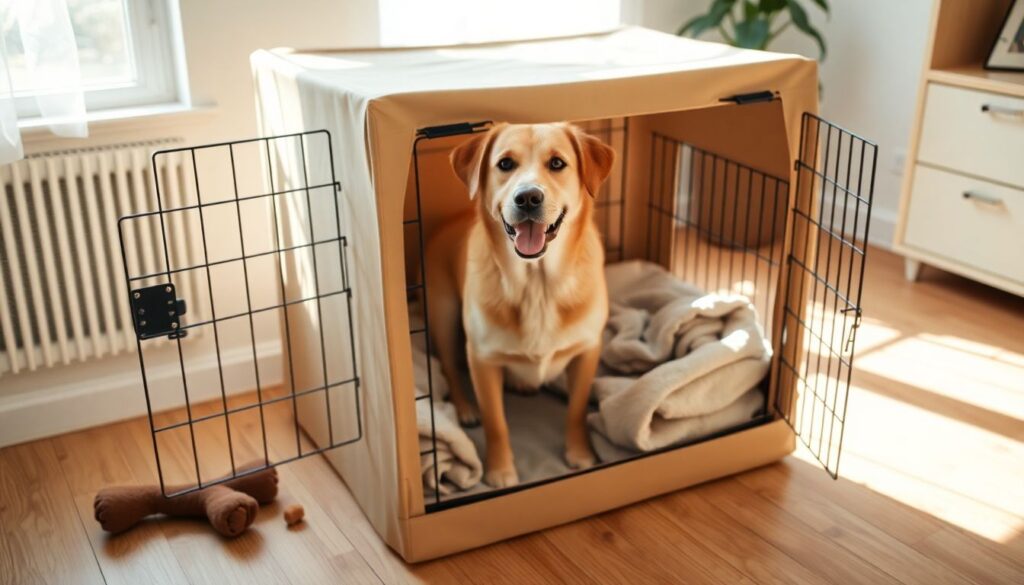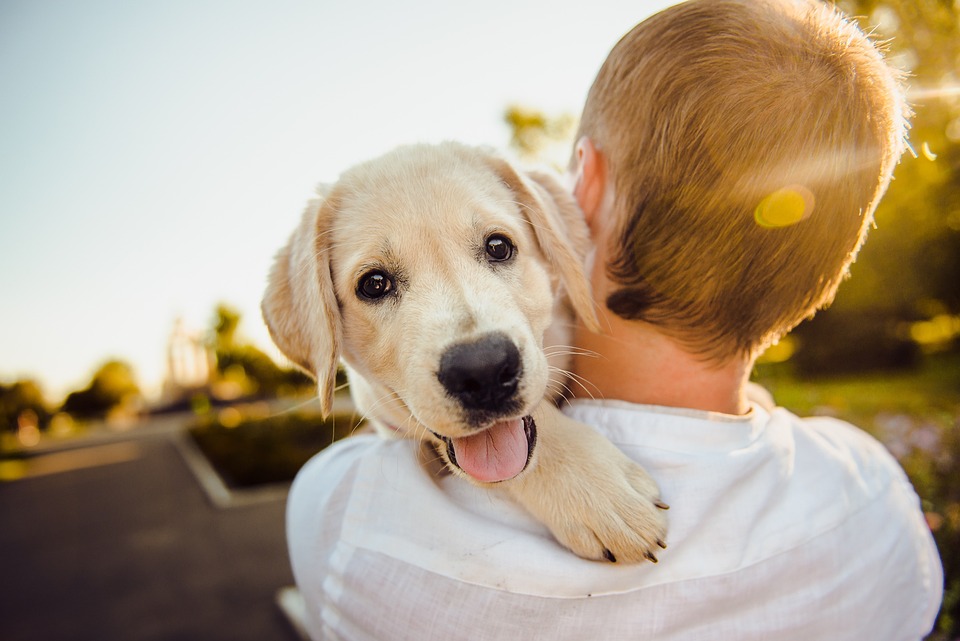Crate Training 101: Your Complete Guide to Happy and Safe Dogs
Crate training is an essential tool for new dog owners. It provides a safe space for your pet and helps with house training. Many dogs feel secure in a crate, making it a useful part of their routine. This guide leads you through everything you need to know to get started with crate training.
Introduction: Why Crate Training Matters
Crate training offers various benefits. It’s not just about teaching your dog where to go; it also builds a sense of security. Here are a few reasons why crate training matters:
- Safety: A crate keeps your dog safe when you’re not around. It prevents them from getting into dangerous situations.
- House Training: Crates help with house training by encouraging your dog to hold it until they can go outside.
- Travel: A crate can make travel easier for you and your dog by providing a familiar space.
The Benefits of Crate Training: Safety, Security, and House Training
Crate training supports your dog’s well-being and your peace of mind. Beyond safety, it aids in:
- Reducing Anxiety: Dogs often feel more at ease in a cozy den-like space.
- Establishing Routine: Crates help create a structured daily schedule, which dogs thrive on.
Dispelling Common Myths About Crate Training: Cruelty vs. Comfort
Many believe crating is cruel. In reality, it can be quite the opposite. Proper crate training makes your dog feel secure, not isolated. When introduced correctly, a crate becomes a cozy retreat, not a punishment.
Setting the Stage for Success: Choosing the Right Crate
The first step is finding the right crate. Choosing wisely is crucial for successful training.
Choosing the Right Crate for Your Dog
Size and Type: Selecting a Crate that Fits Your Dog’s Breed and Size
Select a crate that’s spacious enough for your dog to stand, turn around, and lie down comfortably. Different types of crates include:
- Wire Crates: Great for ventilation and visibility.
- Plastic Crates: Good for travel and added privacy.
- Soft-Sided Crates: Perfect for calm dogs and short trips.
Material and Features: Durability, Ventilation, and Cleaning Considerations
Consider materials that are durable and easy to clean. Look for crates with:
- Good Ventilation: Ensures your dog stays comfortable.
- Removable Covers: Makes washing simple.
Where to Buy a Crate: Online vs. Brick-and-Mortar Stores
You can purchase crates at local pet stores or online. Shopping online often offers wider selections and better prices, while local stores let you see the crate first-hand.

Getting Started with Crate Training: A Step-by-Step Process
Introducing Your Dog to the Crate: Positive Associations and Gradual Acclimation
Start by placing the crate in a quiet, pleasant area. Use treats to entice your dog inside. Praise and reward them for exploring the crate. The goal is to create positive associations.
Managing Separation Anxiety: Short Training Sessions and the Power of Positive Reinforcement
Gradually increase the time your dog spends in the crate. Begin with short sessions, and reward them for calm behavior. This builds confidence and reduces anxiety.
Nighttime Crate Training: Building a Routine for Overnight Success
Establish a nighttime routine. Make sure your dog is tired and has gone to the bathroom before bedtime. Place the crate near your bed if it helps them feel secure.
Troubleshooting Common Crate Training Challenges
Excessive Whining or Barking: Identifying Underlying Causes and Addressing Behavior
If your dog whines or barks, check if they need to go outside. If not, remain calm and avoid giving attention until they quiet down. This teaches them that attention comes when they are quiet.
Accidents in the Crate: Adjusting Schedule, Crate Size, and House Training Regimen
Accidents might happen during training. Ensure your dog is let outside frequently, particularly after eating, drinking, or playing. If accidents persist, consider if the crate is too big or if you need more house training.
Destructive Behavior Around the Crate: Preventing Chewing and Digging
Many dogs chew or dig when stressed. Ensure your dog has engaging toys while in the crate. Avoid giving them too much freedom too soon, as it might overwhelm them.
Advanced Crate Training Techniques
Using the Crate for Travel: Safe and Comfortable Transport for Your Canine Companion
A crate isn’t just for home. Use it for travel to ensure your dog feels secure. Always secure the crate safely in your vehicle to prevent accidents.
Crate Training Multiple Dogs: Creating a Peaceful Coexistence
If you have more than one dog, crate training can help with harmony. Make sure each dog has its own crate to prevent jealousy and promote personal space.
Using the Crate for Specific Behaviors: Reducing Anxiety and Encouraging Relaxation
Introduce the crate during calm times or when you want your dog to relax. If your dog struggles with anxiety, you can use a calming product along with their crate.
Conclusion: A Well-Crated Dog is a Happy Dog
Crate training isn’t just a method; it’s a way to create a joyful life for your dog. A well-crated dog enjoys safety, comfort, and a sense of routine.
Key Takeaways: Building Confidence and Promoting Healthy Habits
- A crate can help with house training and offer security.
- Use positive reinforcement to make the crate a rewarding space.
- Patience is key; each dog learns at their own pace.
Resources for Further Learning: Books, Websites, and Professional Trainers
For more information on crate training, consider these resources:
- Books: Look for popular titles on dog training.
- Websites: Check out reputable dog training websites.
- Professional Trainers: Consult with dog trainers for personalized guidance.
By investing time and effort into crate training, you set the stage for a strong bond with your furry friend. Happy training!




